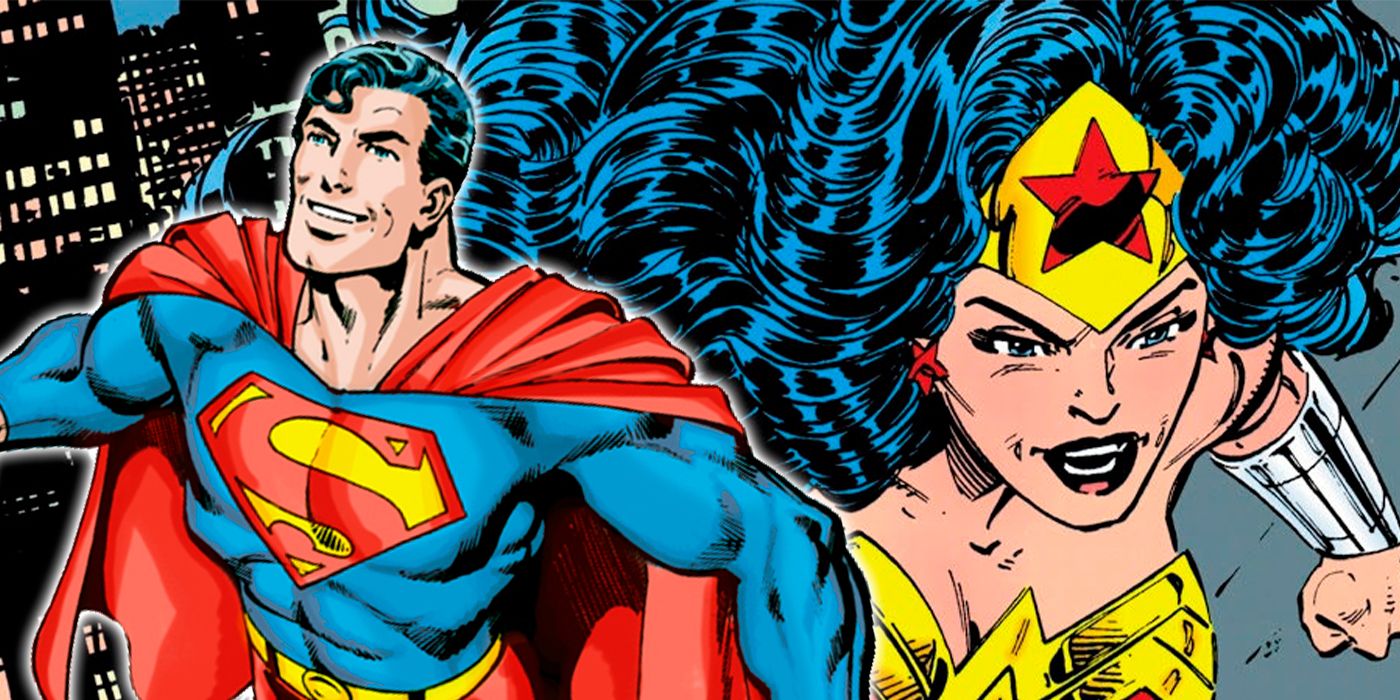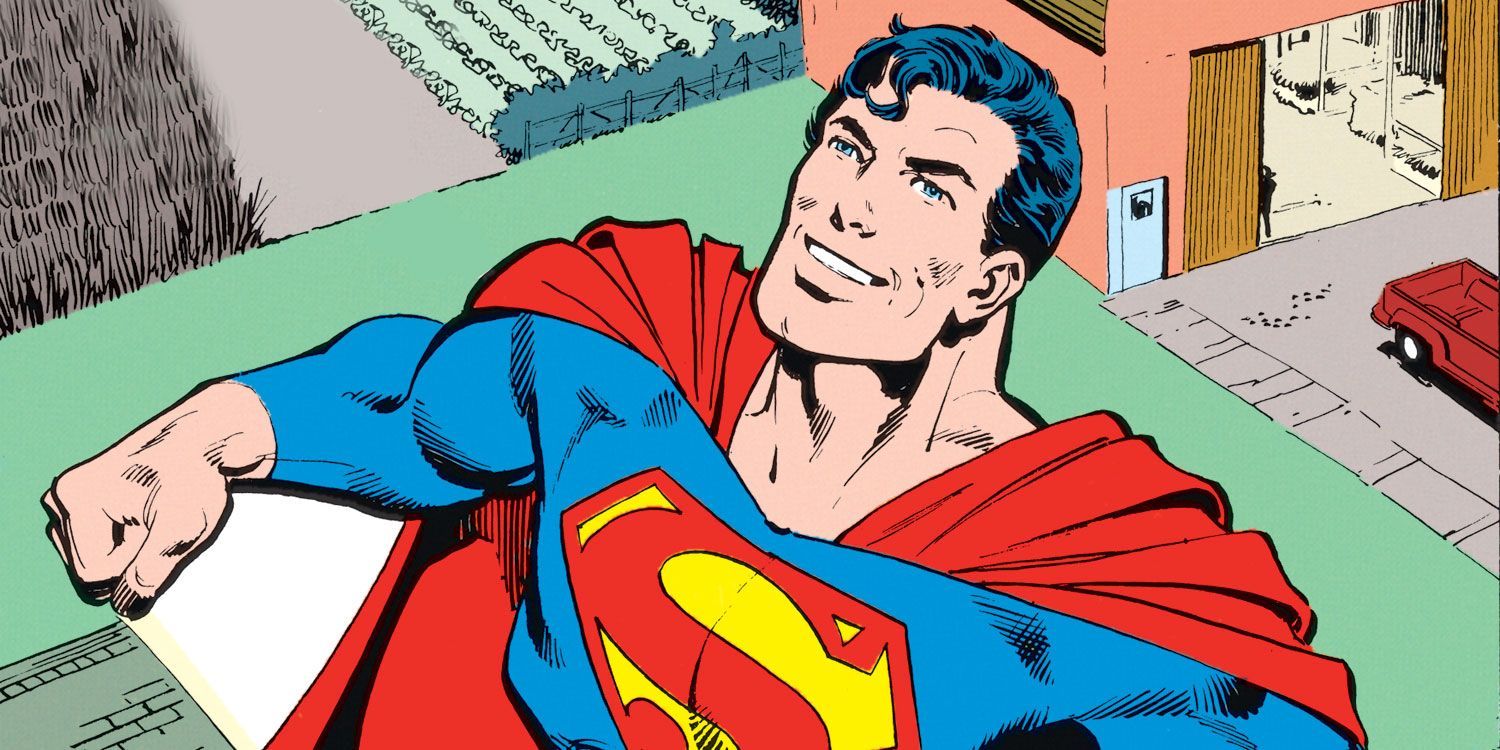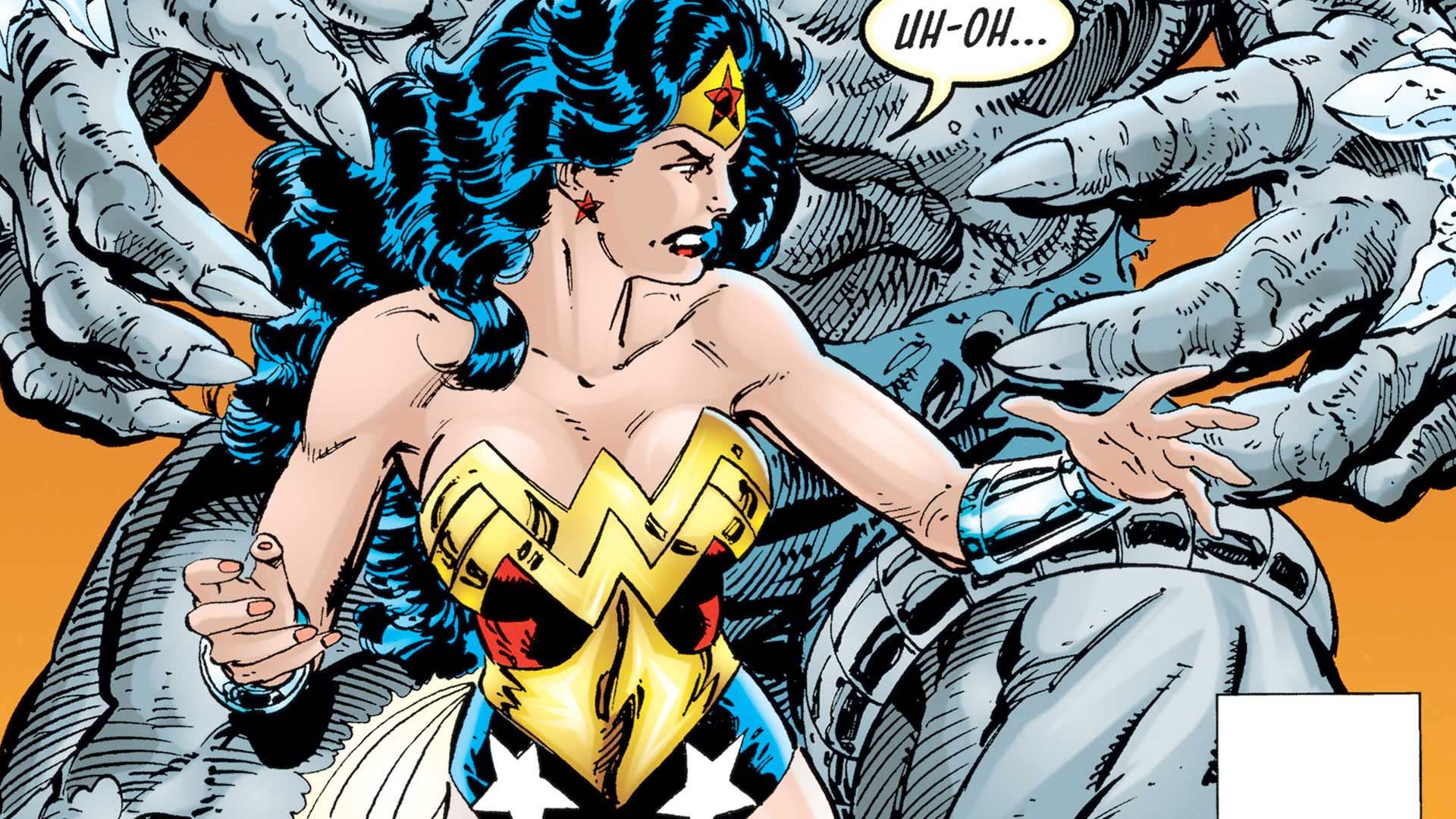Even though he is perhaps more well-known for his Marvel work, John Byrne is still fairly popular among fans of DC Comics as well. This is largely thanks to his superb reimagining of Superman following Crisis on Infinite Earths, bringing the Man of Steel into the modern era of the time. Byrne’s work on the mythos of the Last Son of Krypton paved the way for the character to be a consistent hit into the new millennium, but his success wasn’t replicated with another famed member of the Justice League.
Byrne’s interpretation of Wonder Woman proved detrimental to the Amazonian Princess for years to come in more ways than one. By derailing her supporting cast, ruining her history, and bringing back some rather questionable characters, John Byrne did the exact opposite of what George Pérez had done for the character years earlier. Here’s how the legendary creator both struck gold and struck out on two of DC’s most powerful heroes.
John Byrne Made Superman an Actual Character
In the mini-series Man of Steel, John Byrne changed several staunch aspects of DC’s greatest hero. Under his revision, Clark Kent gained a real personality and was a normal guy instead of a bumbling, nerdy oaf. His parents Martha and Jonathan were written to be much younger at the time they found him, allowing them to survive into his adulthood and become a source of wisdom and advice for the Man of Steel. Superman’s powers were toned down from him essentially being an invincible god, and even his villains received much needed upgrades. Chief among them was the hero’s arch-enemy Lex Luthor, who was changed from a generic and trite mad scientist into a corrupt businessman somewhat similar to Marvel’s Kingpin.
The supporting cast was also made better than ever, with Lois Lane and Perry White evolving into three-dimensional characters. Now classic cast members were added as well, including Bibbo Bibbowski, Cat Grant and Ron Troupe. These elements helped push the mythos of the franchise forward into the ’90s, where events like The Death of Superman and the marriage of Lois and Clark made the character into more of a pop culture hit than he had been in years. Elements from the run continued to influence adaptations such as Lois & Clark: The New Adventures of Superman, Superman: The Animated Series and Zack Snyder’s Man of Steel film. Unfortunately, Byrne’s take on another DC hero did not fare nearly as well, and it almost ruined her.
John Byrne’s Wonder Woman Was Detrimental to Her Mythos
Whereas John Byrne defined Superman for a generation, his take on Wonder Woman derailed her character for just as long. He completely jettisoned Julia and Vanessa Kapatelis from Wonder Woman’s supporting cast, even though they had been around since the George Pérez run. This exacerbated an issue that persisted since the pre-Crisis days in which Wonder Woman’s supporting cast could easily be tossed to the wind. The Sandsmarks and Etrigan the Demon overshadowed Wonder Woman in her own book, making Diana’s temporary death during the run almost an afterthought. This was all made worse by the fact that Helena and Cassandra Sandsmark, the replacements for Julia and Nessie, were vastly inferior characters.
Byrne also introduced a retcon that made Hippolyta the “Golden Age” Wonder Woman that fought alongside the Justice Society of America in World War II. This essentially made Wonder Woman’s Golden Age stories canon, which retroactively ruined much of the Pérez run. It also diminished the main heroine by making her a mere legacy character, no different from Wally West in relation to Barry Allen.
Byrne’s run has now been mostly forgotten, although less than ideal concepts like Wonder Woman being a legacy character have remained somewhat intact. Nevertheless, Byrne had two drastically different results from his runs on Superman and Wonder Woman, with one clearly superior to the other.
Read Next



